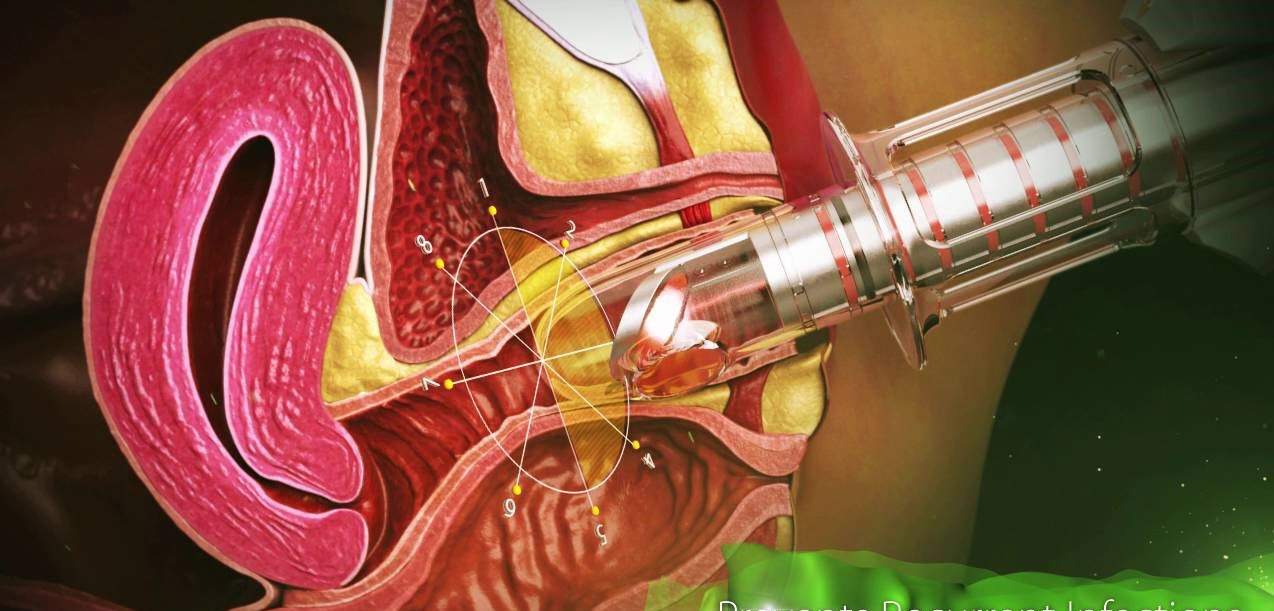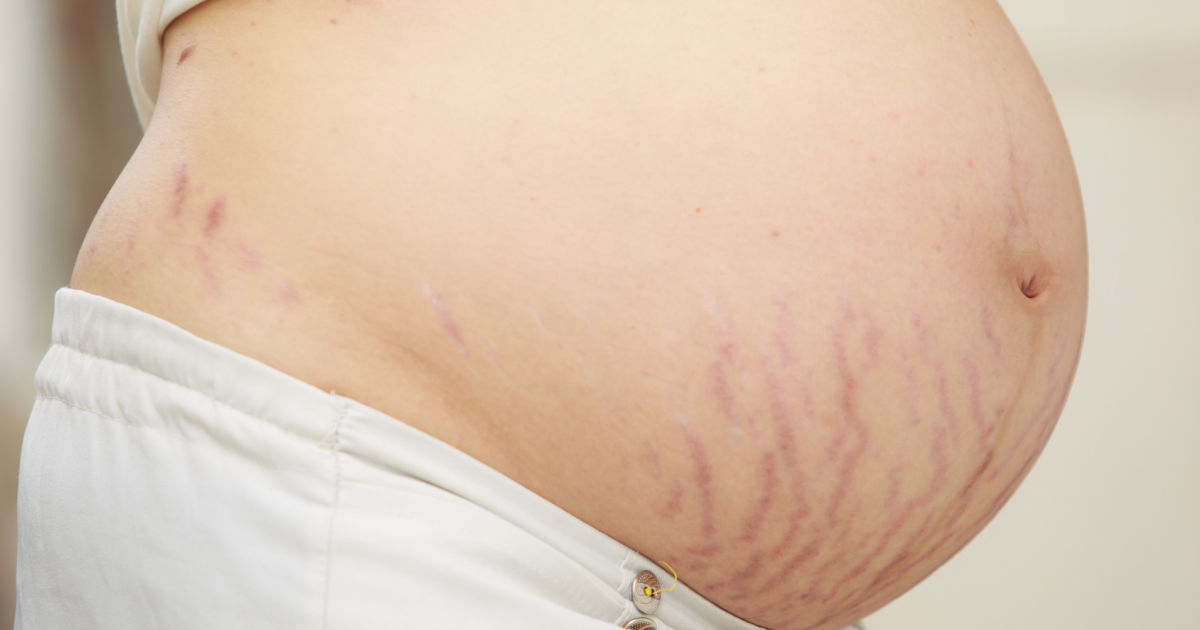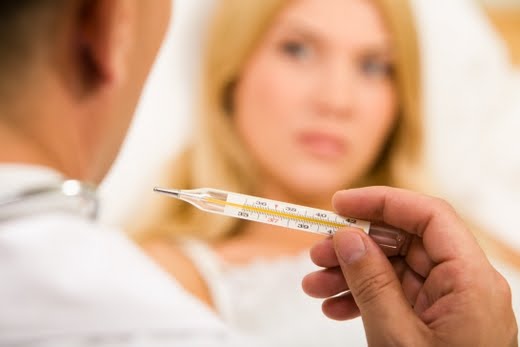Endometriosis and Chocolate Cysts
İçindekiler
- 1 What is Endometriosis?
- 2 What Are the Symptoms of Endometriosis?
- 3 What Does Endometriosis Look Like?
- 4 How Does Endometriosis and Chocolate Cyst (endometrioma) Occur?
- 5 How is Endometriosis and Endometrioma (Chocolate Cyst) Diagnosed?
- 6 Endometriosis Stages
- 7 How is Endometriosis and Chocolate Cyst (endometrioma) Treated?
What is Endometriosis?
Endometriosis is the growth of cells that make up the lining of the uterus, usually in the lower abdomen and pelvis, or elsewhere in the body. Endometriosis usually spreads to the ovaries, fallopian tubes, and organs located in the pelvis. Rarely, the endometrial tissue is located outside the pelvic organs. Women with endometriosis often have abdominal pain, menstrual cramps or pain during intercourse, and may have difficulty conceiving. On the other hand, some women with endometriosis may have no symptoms at all.
In endometriosis, the endometrial tissue located in other organs instead of the inner wall of the uterus continues to behave as it normally does, that is, it thickens, sheds and bleeds with each menstrual cycle. If endometriosis is located on the ovaries, chocolate cysts called endometriomas may form. If it is located in the pelvic tissues, in the omentum on the fallopian tubes, and on the intestines, adhesions develop, abnormal fibrous tissue bands develop, causing the organs to stick together.
Endometriosis is one of the most common female ailments. It is found in 15% of infertile women and in 20% of women operated for chronic inguinal pain. A wide variety of factors can cause this condition, causing painful menstruation, painful sexual intercourse, chronic abdominal and groin pain, and infertility. However, 60% may not show any symptoms in the initial period.
What Are the Symptoms of Endometriosis?
The most common symptom is pelvic pain, usually associated with the menstrual period. Although many women experience cramping during their period, women with endometriosis typically describe menstrual pain that is heavier than normal.
Painful menstrual cramps (dysmenorrhea): Pelvic pain and cramps can start before your period and last for several days during your period. There is also back and abdominal pain.
Pain during intercourse (dyspareunia): Pain during or after sexual intercourse is common in endometriosis.
Painful bowel movements or pain when urinating: You may experience these symptoms during your menstrual period.
Excessive menstrual bleeding: You may experience Menorrhagia (excessive menstrual bleeding, heavy menstrual bleeding and prolonged bleeding) or Menometrorrhagia (abnormal bleeding that lasts for a long time, at completely irregular intervals).
Infertility: 15% of women undergoing infertility treatment have been diagnosed with endometriosis.
Other symptoms: You may experience fatigue, diarrhea, constipation, bloating or nausea, especially during menstrual periods.
The severity of your pain is not an indicator of the degree of endometriosis. Some women with mild endometriosis experience severe pain, while some with advanced endometriosis may experience little or no pain.
Endometriosis is sometimes confused with pelvic inflammatory disease (PID) or other conditions that can cause pelvic pain, such as ovarian cysts. It can be confused with irritable bowel syndrome (IBS), a condition that causes diarrhea, constipation and abdominal cramping. IBS may accompany endometriosis, which can complicate the diagnosis.
What Does Endometriosis Look Like?
 The appearance of endometriosis is very diverse, it can be grouped into 3 groups:
The appearance of endometriosis is very diverse, it can be grouped into 3 groups:
1-Implants: They are commonly found in the uterus and lateral ligaments, on the anterior-posterior and pelvic lateral walls of the uterus and in the abdomen, as well as visible dark, black-colored foci, as well as white-opaque or yellow-brown spots. In the diagnosis of deep endometriosis, the decision is made with hard nodules that are deeper than the surface tissue.
2- Endometrioma (Chocolate Cyst): Cystic endometriosis seen in the ovaries is called. It is called chocolate cyst because of the dark bloody fluid inside the cyst. It is usually bilateral and its size can reach up to 10 cm in diameter, it can burst into the abdomen and cause an emergency in the form of widespread acute abdomen.
3- Adhesions: It occurs as a result of the progression of endometriosis. graded according to prevalence and severity. Infertility due to adhesions encountered in the advanced stages of the disease, deterioration of the structures of the eggs and tubes, and destruction of the egg tissue with endometriomas is a fact that should not be ignored and requires treatment.
How Does Endometriosis and Chocolate Cyst (endometrioma) Occur?
* Retrograde menstrual bleeding: Menstrual blood containing endometrial cells flows backwards from the fallopian tubes and empties into the pelvic cavity, that is, into the abdomen. These displaced endometrial cells attach to the pelvic walls and surfaces of the pelvic organs, where they grow and continue to thicken and bleed throughout each menstrual cycle.
* Transformation of peritoneal cells: Experts suggest that hormones or immune factors, known as the “induction theory”, promote the transformation of peritoneal cells (the cells that make up the lining of your abdomen) into endometrial cells.
* Embryonic cell transformation: Hormones such as estrogen can transform embryonic cells (cells in the early stages of development) into endometrial cell implants during puberty.
* Surgical scar implantation: After a surgery such as a cesarean section, endometrial cells may adhere to the abdominal incision.
* Transport of endometrial cells. The blood vessels or lymphatic system can transport endometrial cells to other parts of the body.
* Immune system disorder. One problem with the immune system is the possibility that the body cannot recognize and destroy the endometrial tissue growing outside of the uterus.
* Genetic causes
How is Endometriosis and Endometrioma (Chocolate Cyst) Diagnosed?
Gynecological examination, ultrasonography and blood CA-125 levels may be helpful for diagnosis, but laparoscopy may be required for definitive diagnosis. Laparoscopy is an operation that is performed to observe the internal organs of the abdomen with a camera from the navel and is used to diagnose a suspicious abnormality by the doctor.
Endometriosis Stages
The American Society for Reproductive Medicine classifies endometriosis into four stages, based on the location, amount, depth, and size of endometrial implants. Spread of implants, involvement of pelvic structures, width of pelvic adhesions and occlusion of fallopian tubes constitute the criteria determining the stage.
Stage 1: In minimal endometriosis, there are small endometrial implants in the ovaries. There may also be inflammation in the pelvic cavity.
Stage 2: Mild endometriosis has mild lesions and small implants on the ovaries and pelvic peritoneum.
Stage 3: Moderate endometriosis has deep implants and multiple lesions on the ovary and pelvic peritoneum.
Stage 4: In severe Endometriosis, deep implants are found in the pelvic peritoneum and ovaries. There may also be lesions in the fallopian tubes and intestines.
How is Endometriosis and Chocolate Cyst (endometrioma) Treated?
Treatment methods are examined in 4 groups:
1: Observational Treatment: It can be applied to women with mild endometriosis who do not pose a definite obstacle to fertility. Non-steroidal anti-inflammatory drugs such as ibuprofen can help with endometriosis-related pain.
2: Medical Treatment: Various hormone treatments are applied considering the clinical condition of the patient, the benefits and side effects of the drugs given. Oral contraceptives, birth control pills, Danazol, Progesterone, Gestrinon, GnRH analogues are the main agents that can be used in treatment. Gonadotropin-releasing hormone (GnRH) agonists put women in a “temporary” menopause-like state.
3: Surgical Treatment: Minor and major surgical methods are applied according to the clinical condition and gynecological findings of the patient. Surgery can be used both in the diagnosis and treatment of endometriosis. It is used to remove endometrioma (chocolate cyst) or to burn endometriosis foci located outside the uterus. It can also be applied to get rid of tissues that cause adhesions in organs called scars and adhesions, so that the ovaries and fallopian tubes can return to their normal places in the pelvis. Surgery has been shown to improve pain symptoms associated with endometriosis and help women conceive.
4: Combined Treatment (Surgical+Medical): Medical treatment is applied before or after surgical treatment. The purpose of the medical treatment applied before the surgical treatment is to facilitate the surgical intervention, to reduce the postoperative adhesions, and to prevent the loss of time in infertility treatment.
If the aim is to treat infertility, the chance of fertility in the first year after surgery is very high, therefore, the use of medical treatment before surgery increases the benefit.
To make an appointment with Jin.Op.Dr.Yeşim Yerçok (Gynecology and Obstetrics Specialist) , the contact information is below:
Address: Fenerbahce Mah. Fener Kalamis Cad. Billur Apt. No:5 Da: 9 Kiziltoprak/Istanbul
Appointment Tel: 0216-3851715
Mail: info@dryesimyercok.com










